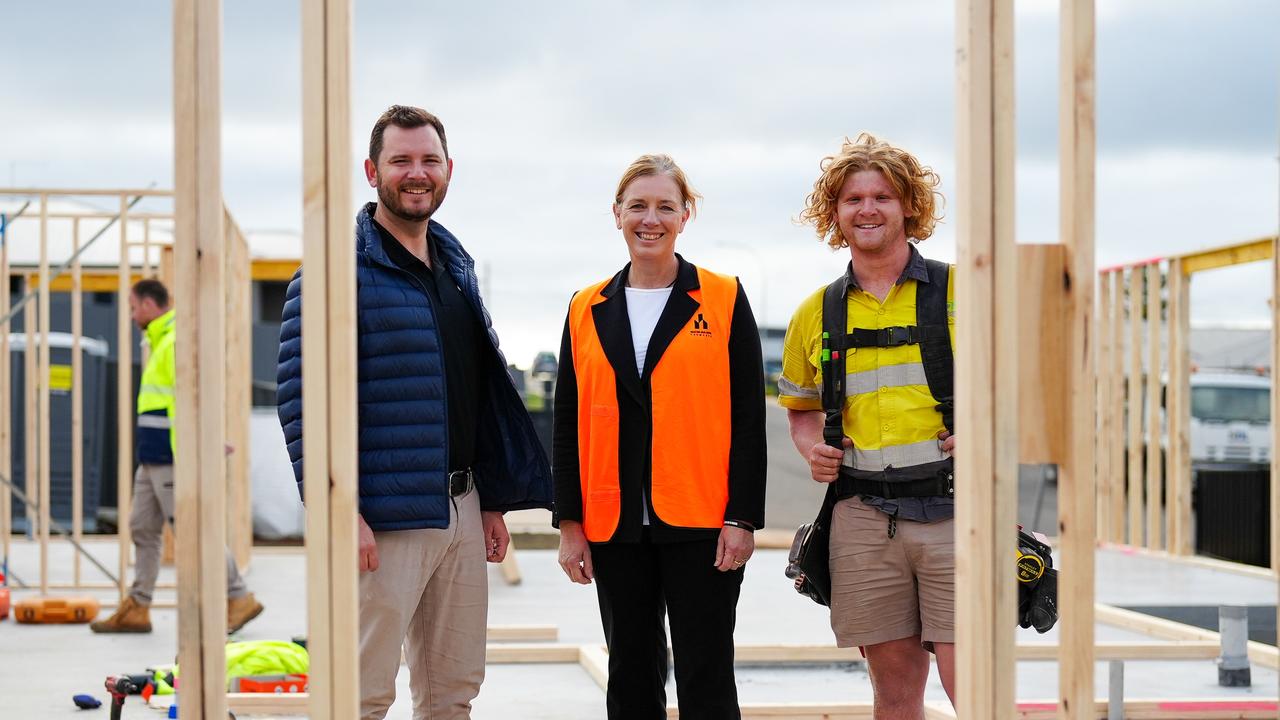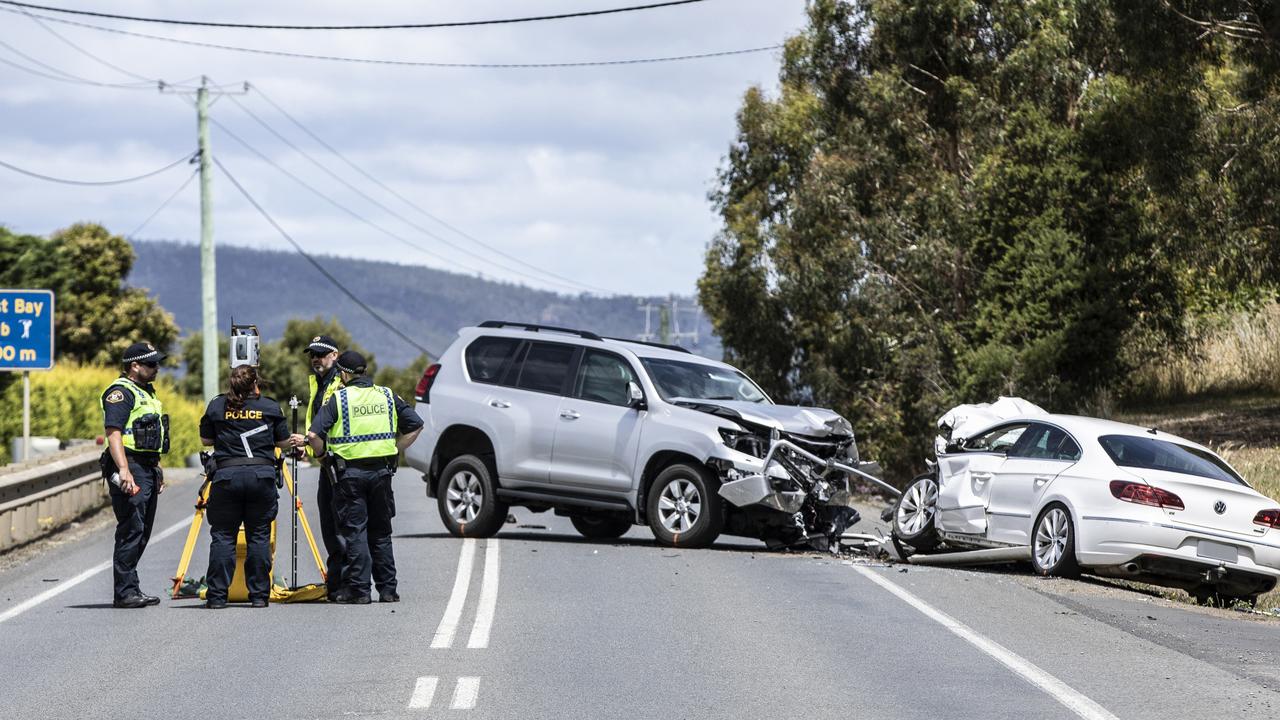CoreMarine spruiks Tasmania’s ‘massive’ potential for offshore wind developments
A Tassie pair who helped bring to life the world’s first underwater restaurant in Norway now have their sights set on offshore wind farms back in their home state.
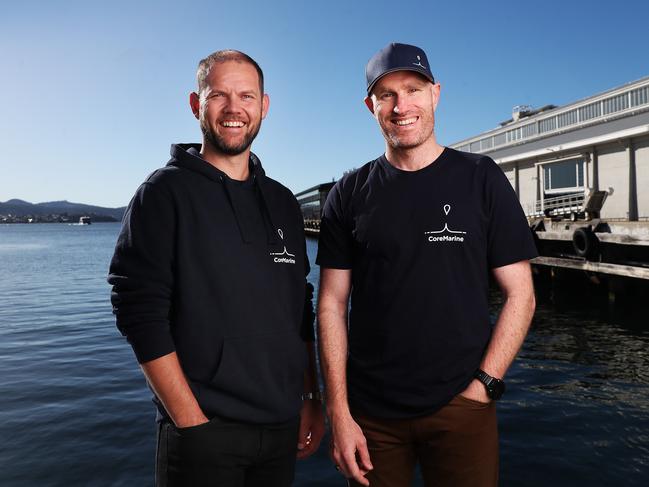
Future Tasmania
Don't miss out on the headlines from Future Tasmania. Followed categories will be added to My News.
A Tasmanian pair behind one of the world’s leading offshore wind companies says the island state’s strong wind resources make it the best region in the country for development, describing the opportunities here as “insane”.
CoreMarine managing director, Ben Fitzgerald, and operations director, Sean Van Steel, both moved to Tasmania to study at the Australian Maritime College nearly two decades ago.
Today, their offshore construction company has teams based in Norway, Spain and Hobart and has been heavily involved in the development of renewable energy projects in Europe and Australasia.
CoreMarine were responsible for carrying out complex and detailed environmental analysis and executed the installation operations for the world’s first underwater restaurant — the Michelin-starred Under was built in Norway and attracts foodies globally.
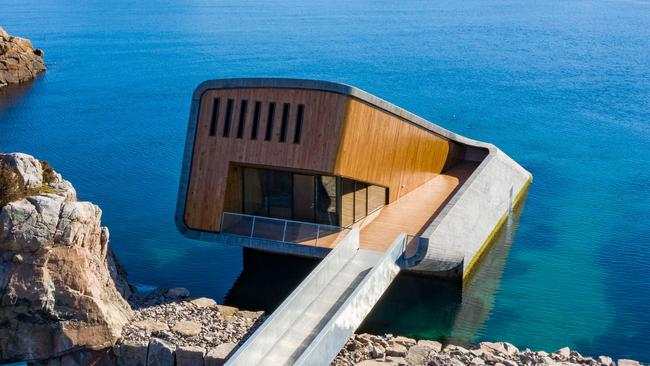
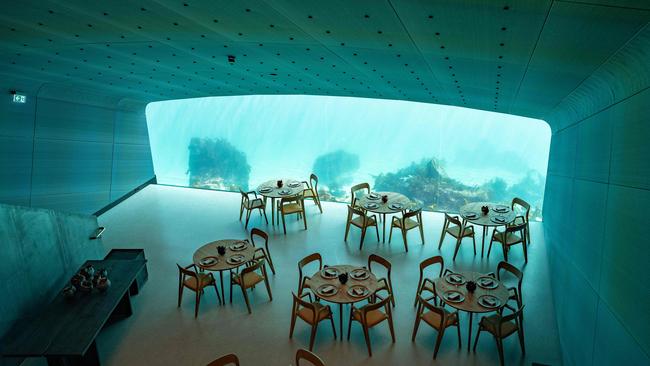
CoreMarine is currently working on 11 offshore wind developments in Australia, totalling 28GW of potential generation.
Mr Fitzgerald said the two zones in Tasmania best suited to offshore wind projects were about 25km off the state’s northwest and northeast.
“The opportunity for Tassie is insane,” he said. “These are world-class offshore wind sites, better than those we find in Europe.”
“Long-term local jobs, economic vision, a sustainable energy industry for Tasmania – the list is endless.”
CoreMarine believes Tasmania’s case for offshore wind development is bolstered by its plans for hydrogen production and the Marinus Link and Battery of the Nation initiatives.
“Renewable and especially offshore wind will be a new energy boom for Tassie,” Mr Fitzgerald said.
“As incredible as hydro-electricity has been for Tasmanian development, the reality is we need to expand and diversify our energy capacity.”
“As Tasmanians, we’re thrilled to be part of building a new industry back home that’s both economically and environmentally sustainable, not only for our own kids, but for all future generations who will call this place home.”
Mr Van Steel said a typical offshore wind project generated 1000 jobs during construction and another 400 during ongoing operations.
He added that CoreMarine was supporting multiple proponents in early-stage assessments for offshore wind farms in Bass Strait.
“We assess the weather conditions, water depths and seabed to identify suitable sites and develop the technical basis for sustainable offshore wind farms,” Mr Van Steel said.
“Working with our clients, we then outline the development and supply chain activities and opportunities for their projects.”
As projects progress, CoreMarine supports proponents in more detailed design works, marine operations and construction.
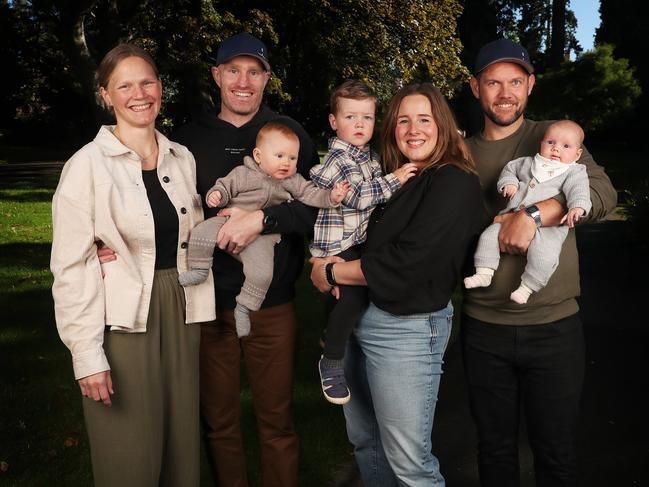
“Offshore wind provides Tasmania an opportunity to remain world leaders in renewable energy,” Mr Van Steel said. “It also allows for significant economic investment in the state through project development.”
“It will enable other industries to grow, including the hydrogen industry being developed at Bell Bay. These projects operate for a minimum of 30 years – this is the future for Tasmania and Tasmanians.”
The Blue Economy Cooperative Research Centre released a report in 2021 titled Offshore Wind Energy In Australia, which noted that Tasmania was “recognised as having the most attractive offshore wind resources in Australia”.
“Tasmania has a history of finding it difficult to gain approval of onshore wind projects, presenting potential opportunities to utilise the massive offshore wind resource,” the report said.
The Blue Economy CRC identified two potential locations for offshore wind farms in Tasmania. The first was the southern landing point of the Basslink interconnector near George Town and the second was in the Tasman Sea near Hobart.
“The results show that the offshore wind resource in the northern location near George Town is very comparable to that near Hobart and that the water depth would allow projects as far as 100km offshore,” the report said.
Tasmania has average wind speeds in the range of 9-10 metres per second found in Bass Strait and more than 12 metres per second found south of the state.
The federal government legislated a new national offshore electricity infrastructure framework last year, enabling the development of offshore energy projects, including wind and electricity transmission developments, in Commonwealth waters.




